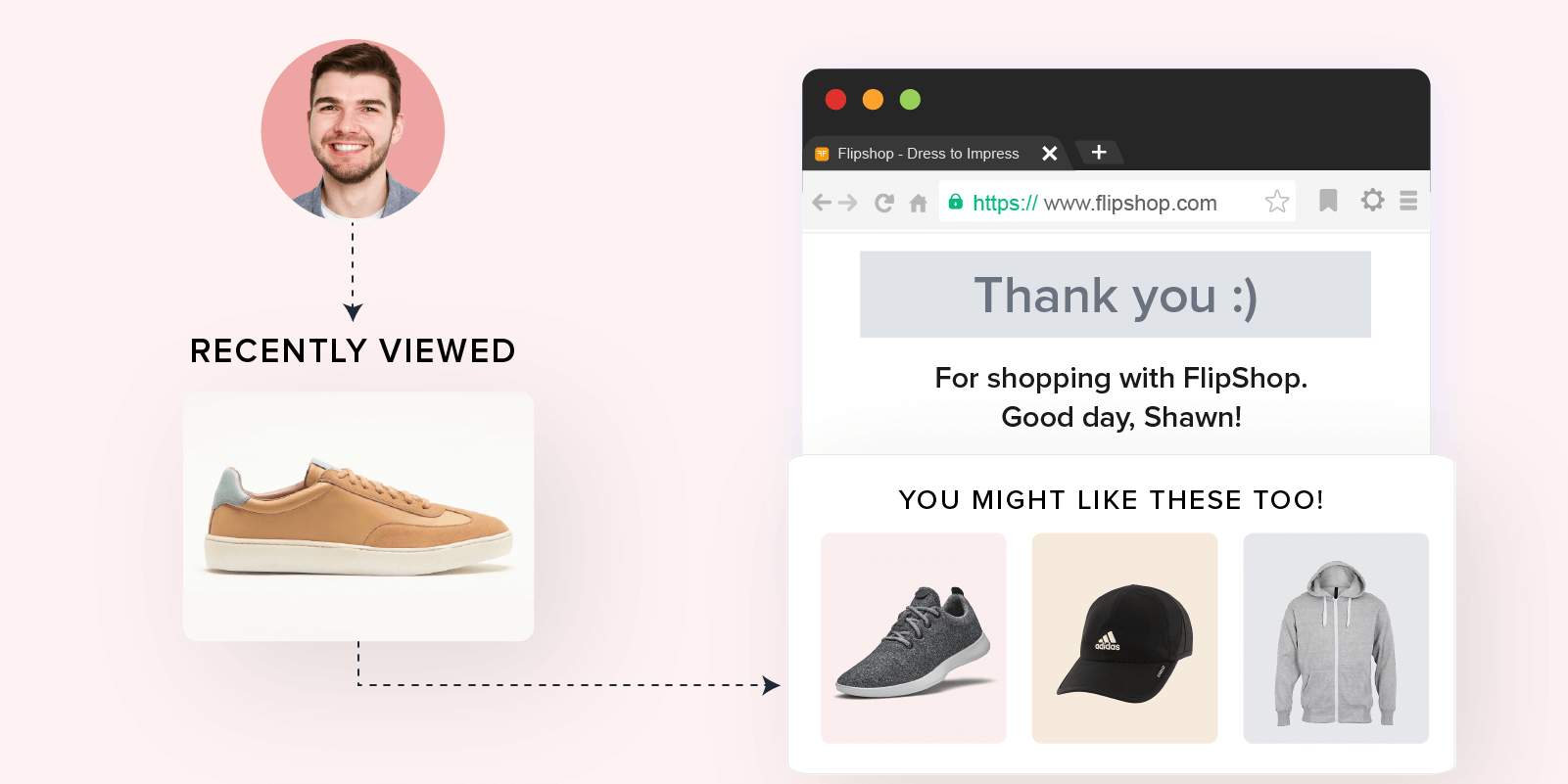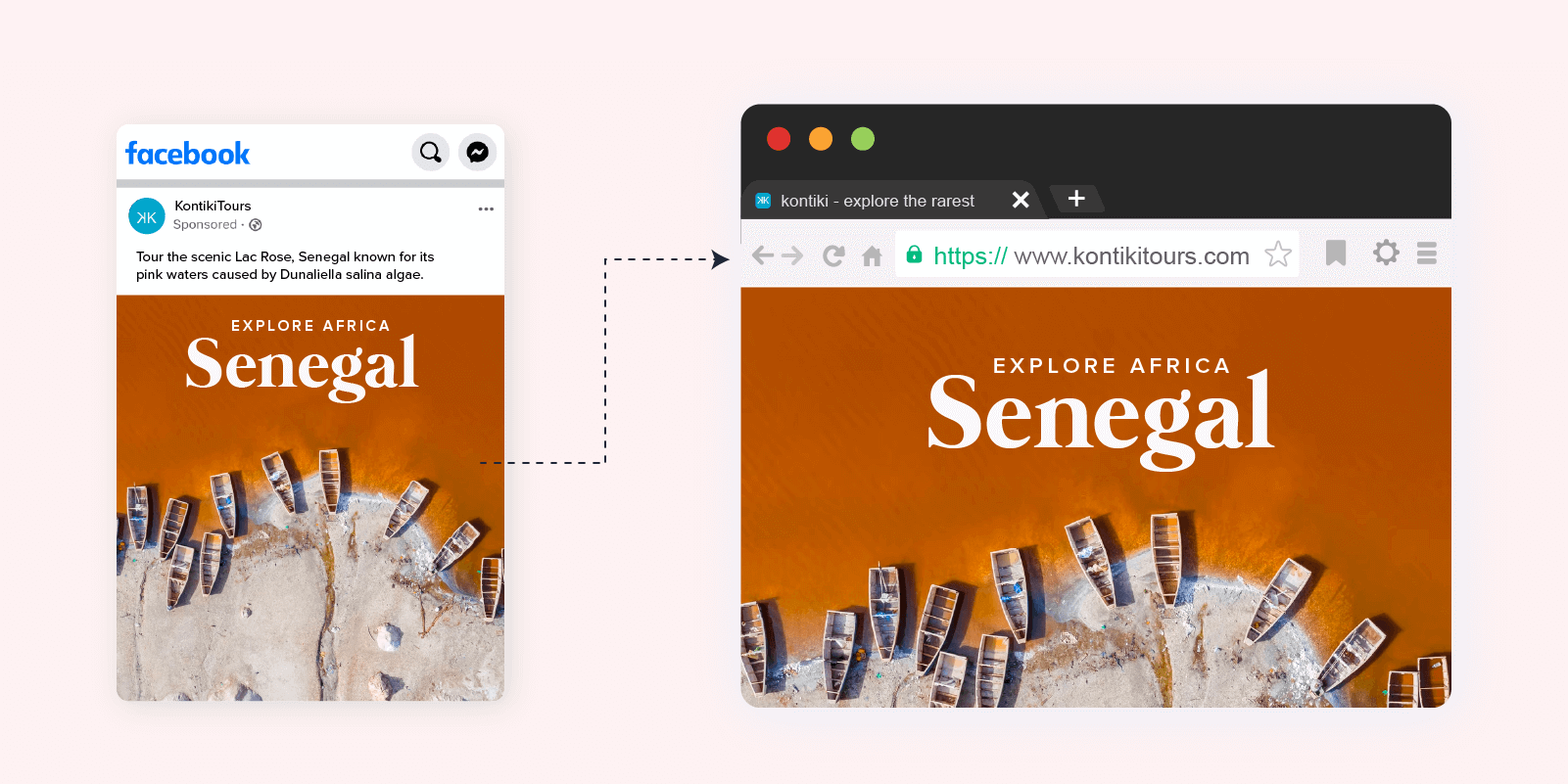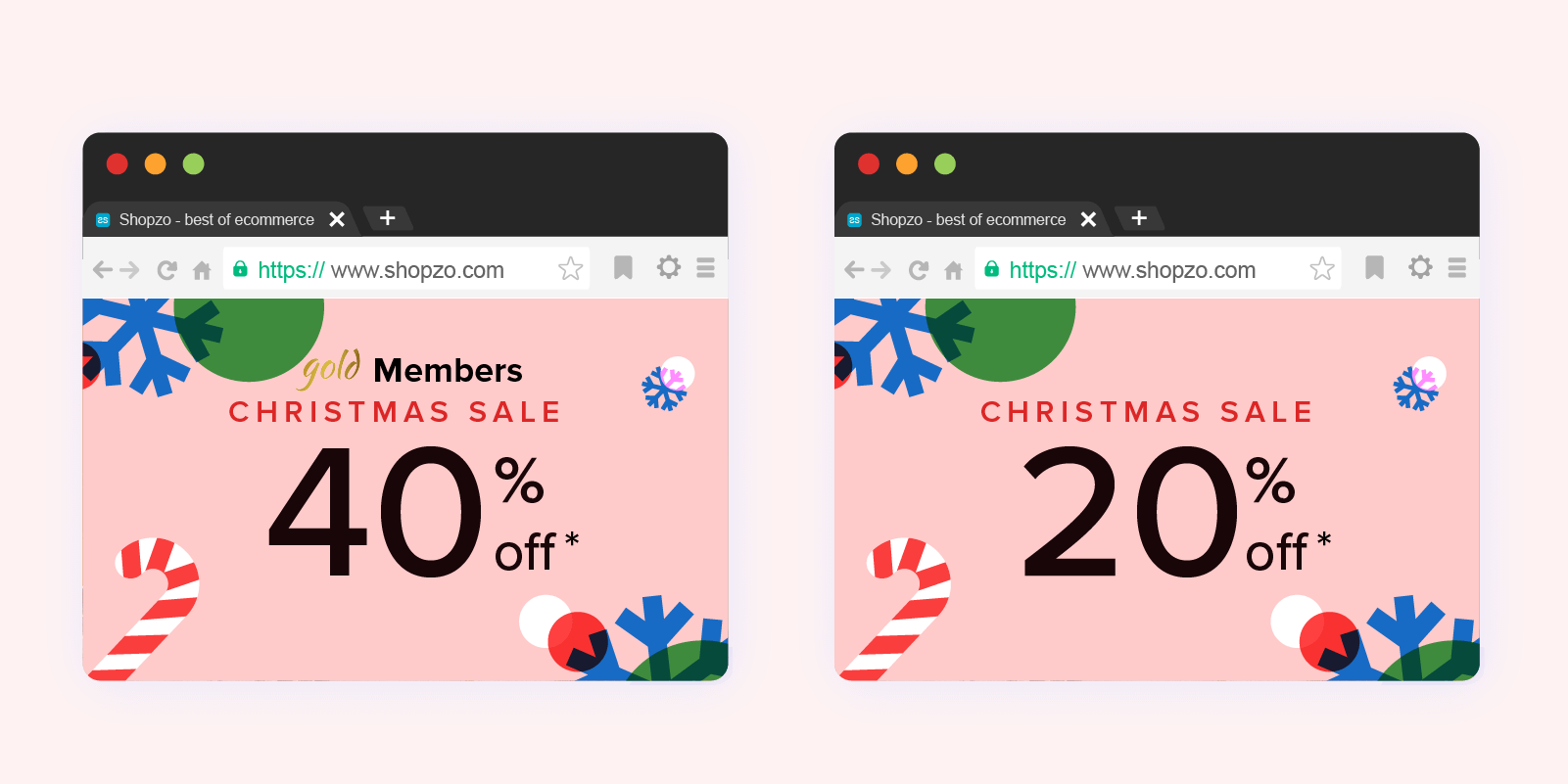For the most part in the past, every user who visited a website saw the exact same content, and as most businesses offered limited products/services, this was acceptable.
But in today’s changed landscape where there are many digital brands offering multiple products and services, users visit websites for different purposes. For example, one visitor browsing a banking website could be looking to start a savings account, whereas another could be looking to buy insurance or start new investments, and so on.
According to McKinsey’s Personalization 2021 Report* 71% consumers today expect brands to understand their preferences and behaviors and provide a highly contextual experience. Today’s business must recognize this imperative. And many already do.
Many app-first brands want to offer hyper-personalized experiences to their customers on the web just as they do across other engagement channels such as email, push, SMS and WhatsApp. Delivering a truly multichannel or omnichannel experience to their customers across all touchpoints is now required to compete.
And with today’s consumers’ reduced attention span and the relative ease of switching to a competitor, keeping customers’ attention is ever more crucial.
In this context, providing only a generic experience to users is an ineffective approach which will lead to falling engagement rates on the website. Because you’re not providing the customer with relevant content on your website and this results in high bounce rates. Future web visits are sure to be impacted as well, leading to lower Customer Lifetime Value (LTV) and poor retention rates.
What is Website Personalization?
Website personalization refers to offering an individualized experience to each user visiting a website based on his or her saved preferences, past behaviors, and demographic/geographic data available through the website. For example:
- An ecommerce website could recommend products a user might like based on their previous actions or choices.
- Or a banking website could showcase personalized credit card offers to the user based on their bank account tier
- An edtech website could showcase the most popular courses based on the user’s profession.
In simple terms, a website is a collection of web elements structured in a coherent way. They’re designed to provide relevant information that is displayed to the user so that they can achieve whatever purpose brought them to the website in the first place.
These web elements can include a menu bar and other navigational elements, hero banner, image carousel, sign-up/login buttons, category cards, notification inbox, footer, and various widgets. Basically, almost anything that can be imagined can be developed and displayed on a website with today’s web technologies.
What Challenges Do Existing Solutions Pose in Terms of Personalization?
Website personalization is well understood by modern marketing professionals, who increasingly desire to offer an individualized experience to each user visiting the website. However the tech stack has not evolved with this changed market landscape, and modern marketing professionals face significant challenges in their attempts to offer a personalized user experience on their website.
Some of the major challenges include:
Data silos and no single view of the customer: Data from various sources is collected in different formats and stored in separate databases. This makes it very difficult to get a single view of the customer.
No automation: Existing tech stacks provide few automation capabilities and require significant manual effort to implement even basic personalization use cases.
No customer segmentation capabilities: As data resides in different silos, deep customer segmentation is not feasible for marketers to implement any meaningful personalization use cases.
Existing tools cannot personalize at scale: Most tools are not built for scale. For a high traffic website, scale becomes a challenge with these existing tools.
Existing solutions require too much technical expertise and involvement from technical teams: It’s always a challenge to prioritize personalization projects amidst technical bandwidth constraints and getting technical teams involved often stalls such projects.
Lack of professional support for existing tools: Most tools require custom technical support in order to implement these on the website — which is always a challenge.
Point solutions: Most tools are point solutions designed to achieve specific use cases and don’t offer seamless omnichannel personalization capabilities.
How Does CleverTap Solve the Challenges of Web Personalization?
CleverTap has launched a Website Personalization solution that has been specifically designed to solve all the above-mentioned challenges faced by marketing and product teams wanting to implement personalization use cases on their websites. With this solution, marketers can make their website stand out and provide highly relevant content to customers.
- With CleverTap, there is a single source of truth for customer data from different sources.
- You can curate website content that is highly contextual to each user through personalized text, visuals, product recommendations, and more. Personalize any element of your website based on the user’s demographic and psychographic data, past or predicted behavior, and much more.
- Using Campaigns and Journeys, brands can automate most of their website personalization use cases that require minimum ongoing interventions.
- Deep customer-segmentation capabilities allow for highly targeted campaigns and hyper-personalized website experiences for each user.
- CleverTap’s solution is built for scale and has become a proven solution supporting some of the world’s biggest brands.
- The Web Native Display solution requires limited involvement of the technical team to implement new use cases. Ready-to-use templates will help you get started without the need for new code.
- CleverTap’s Customer Success and Technical Account management teams are available to help customers at every step of the implementation journey.
- CleverTap offers an omnichannel solution with support for 14+ channels that ensures your end users get a seamless experience, regardless of the platform they use to interact with your brand.
Let Web Personalization Deliver Delightful Customer Experiences
Show Your Customer That You Know Them!
Your website pages are typically where a visitor experiences your brand’s identity. Make your website experience a warm, welcoming, and individualized one, to boost customer loyalty. Address visitors by name, showcase products they might be interested in, and alert them to offers and discounts based on their past or predicted behavior, preferences, and demographic data.
 Create Better-converting CTAs
Create Better-converting CTAs
Calls-to-action (CTAs) are one of the best ways to entice your visitors and get them to take action on your site. A good, carefully crafted CTA can encourage website visitors to subscribe to your blog, sign up for your service, and even make purchases they may not have initially intended.
Regardless of your CTA, adding a personalized touch can make a huge difference. For example, if a person visits your site for the first time, show a “Sign up” CTA. On the other hand, if they’re already registered with you, show the “Login” CTA.
Recommend More Relevant Products for Better Upsell and Cross-Sell Opportunities
Irrelevant product recommendations aren’t just annoying, they’re ineffective. Because the “recommendation” isn’t based on any data about what the user might actually want or need.
To get the maximum benefits of website personalization and to keep visitors from leaving your website, use your collated data to personalize their experience and to recommend products that interest them. Show them products, services, or content that’s fresh and relevant. This not only discourages them from abandoning your site but also boosts time spent on your website, enhances customer loyalty, and ultimately results in a better retention rate.
Create High-performing Landing Pages
Your website’s landing pages are typically a visitor’s first interaction with your brand. They should clearly represent what the visitor is looking for. Delivering a personalized experience on your landing pages — through relevant content and product recommendations — will go a long way in improving conversions on your website. 
Try it out today!
If you are looking to deliver a truly omnichannel experience to your customers, you need to deliver a personalized experience to your customers on the web as well.
CleverTap’s Web Personalization capability now enables brands to create and deliver real-time hyper-personalized experiences to their website visitors based on their past behavior and preferences and drive web engagement and conversion metrics.
To enable this feature on your CleverTap dashboard, you can reach out to your customer success manager. For more information, refer to the documentation.

Soumya Soni 
Soumya Soni, a seasoned Product Manager with over 10 years of experience in Martech and SaaS, manages all web channels at CleverTap as a Senior Product Manager.
Free Customer Engagement Guides
Join our newsletter for actionable tips and proven strategies to grow your business and engage your customers.
















































